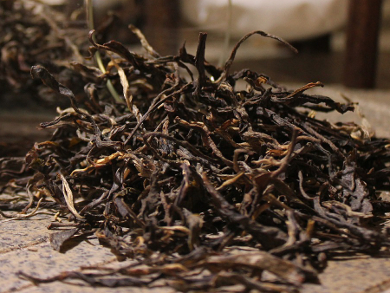Black tea manufacturing involves a series of processing steps: withering, rolling, fermentation, drying, sieving, and packaging. Rolling is achieved using different methods: most common are crushing-tearing-curling (CTC) machines and traditional orthodox rollers. In Turkey, a combination of rotorvane machines and orthodox rolling, which is called “Çaykur”, is widely used.
Feramuz Ozdemir, Akdeniz University, Antalya, Turkey, and colleagues have analyzed the effect of the rolling method has on the volatile constituents of black tea, as well as on the quality of the tea. There are several different quality indices to evaluate the quality of black tea, which are all based on the ratio of the amount of desirable to undesirable components. The team extracted the volatile compounds by hydrodistillation and analyzed the extracts using gas chromatography–mass spectrometry (GC–MS).
The researchers found 178 different volatile components in total, some of which were specific to the respective rolling method, such as 2,6-nonadienal, 3-hexen-2-one and dodecanal for Çaykur, 2,5-octanedione for orthodox rolling, and methylpyrazine for CTC processing. In addition, the compounds hexahydrofarnesyl acetone, geranyllinalool, and 1,3,12-nonadecatriene-5,14-diol were identified in black tea for the first time.
The quality indices, however, do not agree which rolling method produces the best flavor. The CTC rolling method results in a more desirable flavor according to the Wickremasinghe–Yamanishi ratio (WYR) and Mahanta ratio (MR) indices, whereas the Çaykur rolling method is the most favorable method according to the Owuor-Flavour-Index. All results consistently show that black tea has to be stored for at least a month to get a desirable flavor.
- Effect of rolling methods and storage on volatile constituents of Turkish black tea,
Feramuz Ozdemir, Ismail Tontul, Ferhan Balci-Torun, Ayhan Topuz,
Flavour Frag. J. 2017.
DOI: 10.1002/ffj.3385



